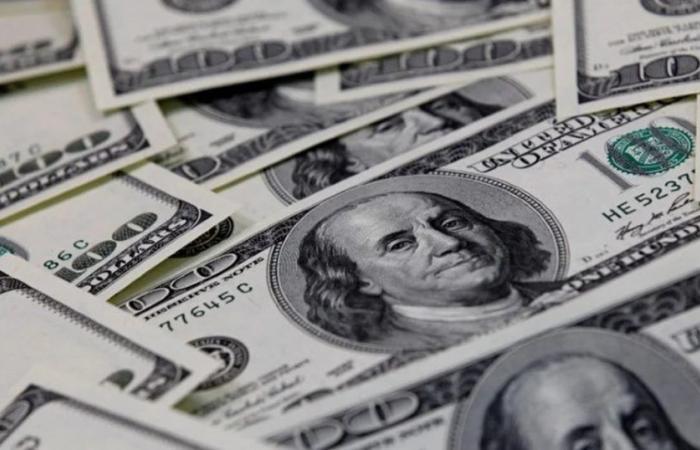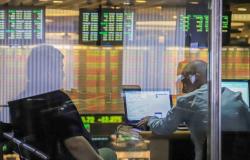
In the midst of the clear increase in exchange tension in recent days, future dollar contracts that had been reflecting consolidated stability also woke up and accompanied the movements of greater uncertainty. So, the difference between the rate of crawling peg at 2% of the official exchange rate and the expectation of its price towards the end of the year It expanded until it reached $1,218 in December, against the $1,025 it would be at if the Central Bank maintained the same rate of devaluation until December as it has until now. That is, the market foresees an official exchange rate towards the end of the year almost 20% higher than the one defined, at least until now, by the Minister of Economy, Luis Caputo, and the president of the Central Bank, Santiago Bausili.
Even in contracts closed closer to the official price, such as August and September, the deviation from the official price is not extreme but exceeded 5%: by the end of August, the official price would reach $947 and the agreed price of $1002, while for September contracts were closed at $1055 (vs. an official dollar at $966 according to the 2% annual increase). The difference widened to almost double in October with a future price at $1110.
“The exchange rate issue is at the center of the discussion because it is necessary to define how the stocks are going to be lifted and what regime we are going to use,” said Amílcar Collante, an economist who has been closely monitoring this variable and who considered that, ultimately, Dollar problems are solved with dollars. “Argentina needs a bridge of dollars for these months that reduce the liquidation of agriculture,” he stated. In fact, although it is expected that reserves will be lost in the third quarter of the year, as happens seasonally practically every year, the truth is that the volume of reserves is the variable on which all the market’s attention is concentrated, which is waiting for signs that change the dynamics.
To make matters worse, In July there are strong debt maturities in dollars which together reach USD 3.8 billion, between restructured bonds, IMF, other multilateral organizations and the first payments of the bonds to the importers, the BOPREAL. In this context, after the Base Law, definitions on the “road map” for the exchange market are expected in the coming months. Even some of the measures provided for in that law or also in the Fiscal Package, such as money laundering, could bring dollars closer to counteract the seasonality of the next three months, in which the Central Bank usually becomes a net seller of foreign currency, an evolution that It is recorded with greater evidence in the years with stocks.
“Futures showed significant increases from the August position. This generated a certain stir in the market, in general, there is the possibility that it is related to the compression of the exchange between MEP and CCL and as a hedge against possible changes in the exchange rate scheme,” they warned from Outlier, where they also contributed that another possibility could be that the operators are discounting a rate increase and therefore the implicit rates would be adjusting to the new level. “Really We find it difficult to see a rate hike in the very short term that justifies it, it also seems too early for the market to begin to hedge against an exit from exchange control in the terms that the Government has been proposing. In fact, for several days we have had the economic team itself, the President and analysts with good dialogue ruling it out,” the consultant added.
What is concrete, it is recognized in the market, is that the promise of lowering the PAIS tax and also the drafting of the IMF document (the staff report) regarding the end of the “blend dollar” and the need to address the exit from exchange controls in the short term, fueled speculation, which feeds into an official segment of the “congested” exchange market that does not enable the accumulation of Bookings. In that context, they say, the overheating of dollar futures must also be read.





